A green renovation for a Greene & Greene in Claremont
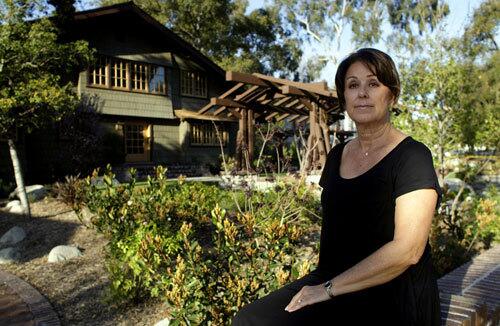
Although solar panels and new windows get consumers’ attention thanks to generous federal tax credits, they come with high costs and challenging aesthetics. Bulky photovoltaics don’t mesh with the shake roof of a 100-year-old Craftsman, and double-paned vinyl windows don’t fly on a midcentury modern classic, no matter how energy efficient the glass may be. For the restoration of a 1903 Greene & Greene house in Claremont, architect Devon Hartman of the firm Hartman Baldwin tried to balance the need for historic preservation with the modern demand for energy efficiency and sustainability. Above, co-owner Blenda Wright and the home, which retains its classic Greene & Greene exterior. (Gina Ferazzi / Los Angeles Times)
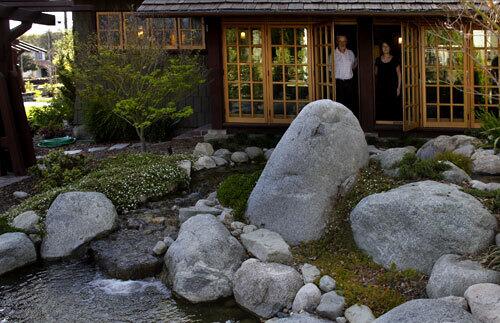
Andy and Blenda Wright stand at windows looking out toward their pond. (Gina Ferazzi / Los Angeles Times)
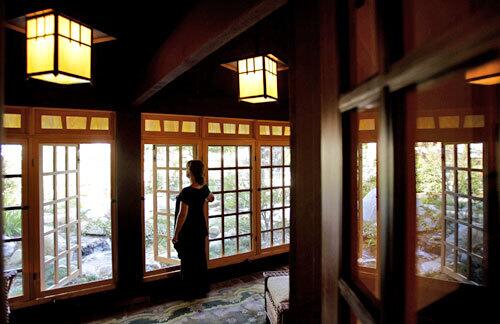
Blenda in the front room, overlooking the pond. The restoration was completed in November, and the architect says it’s the first
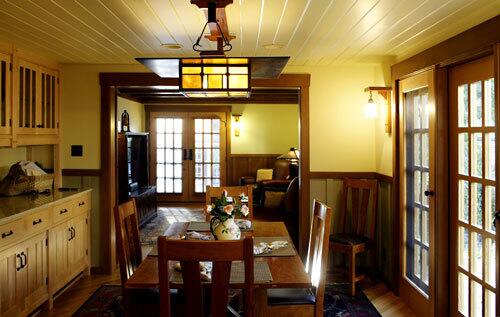
For energy savings, architect Hartman didn’t consider unsightly photovoltaics. Instead, he called upon LEDs, which use 20% of the energy and last 10 times longer than compact fluorescents and last 60 times longer than traditional incandescent light bulbs. LEDs were used throughout the 3,000-square-foot house, including the Greene & Greene-style stained-glass lighting fixtures in the kitchen and dining room. “We’re really focused on the adage of reduce and produce — reduce the load on the house as far as possible, and then, ultimately, if solar panels are desired, you’ll need far fewer of them,” Hartman said. He added that producing a kilowatt of power with solar panels is five or six times more expensive than simply using a kilowatt more efficiently. (Gina Ferazzi / Los Angeles Times)
Advertisement
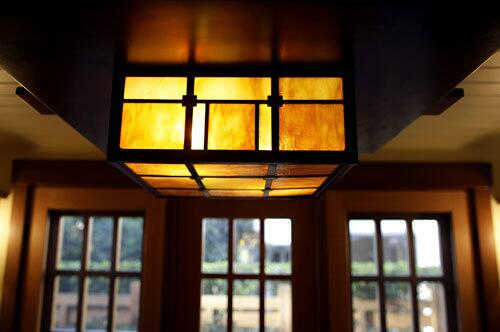
The light over the kitchen table is a Greene & Greene original, modified for an LED age. (Gina Ferazzi / Los Angeles Times)
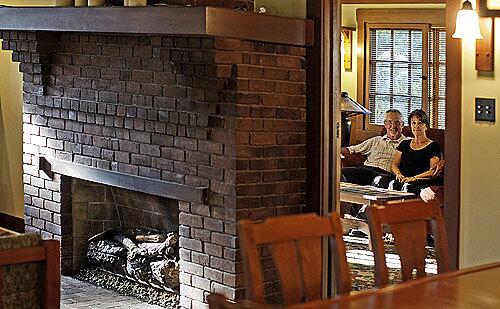
The Wrights relax in their den. The renovation called for new insulation that allowed the house to use smaller heating and cooling systems. Hartman air-sealed the floor and insulated the walls, ceilings and ducts with a dual layer of foam and cellulose, the latter of which was made of recycled newspapers treated with inert fire retardant. To maintain the period feel of the home’s three bathrooms, the toilets are replicas of 1921 commodes that are also low-flow designs, from Bathroom Machineries in Murphys, Calif. The water fixtures are low-flow retro models manufactured by St. Thomas Creations. (Gina Ferazzi / Los Angeles Times)
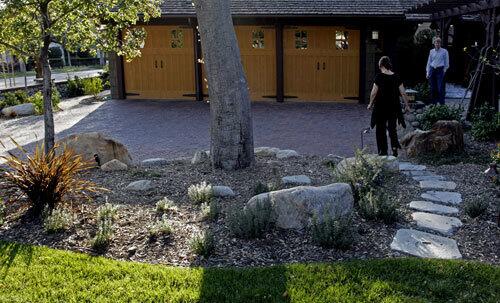
Outside, the landscaping consists of
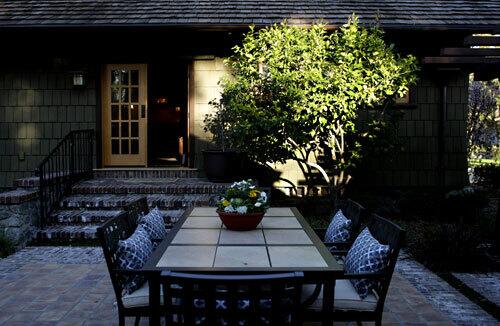
According to Ken Bernstein, manager of the city’s Office of Historic Resources, the intersection of green building practices and historic home restoration has been growing since L.A.’s adoption of a green building ordinance for commercial construction in 2007. The movement also has gained traction with rising awareness of climate change. (Gina Ferazzi / Los Angeles Times)
Advertisement
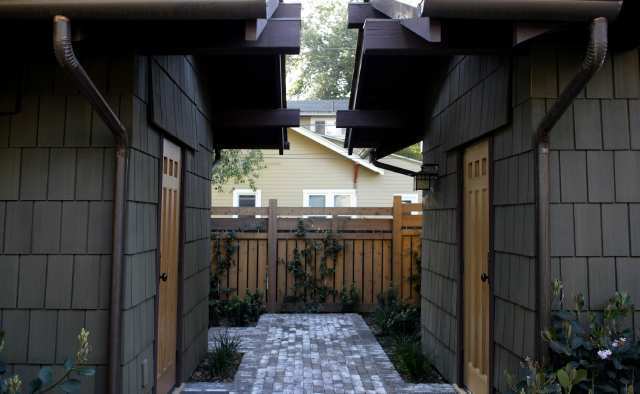
As more historic homes are renovated with energy efficiency in mind, the new look of L.A. very well may be the old.
To keep tabs on the Southern



